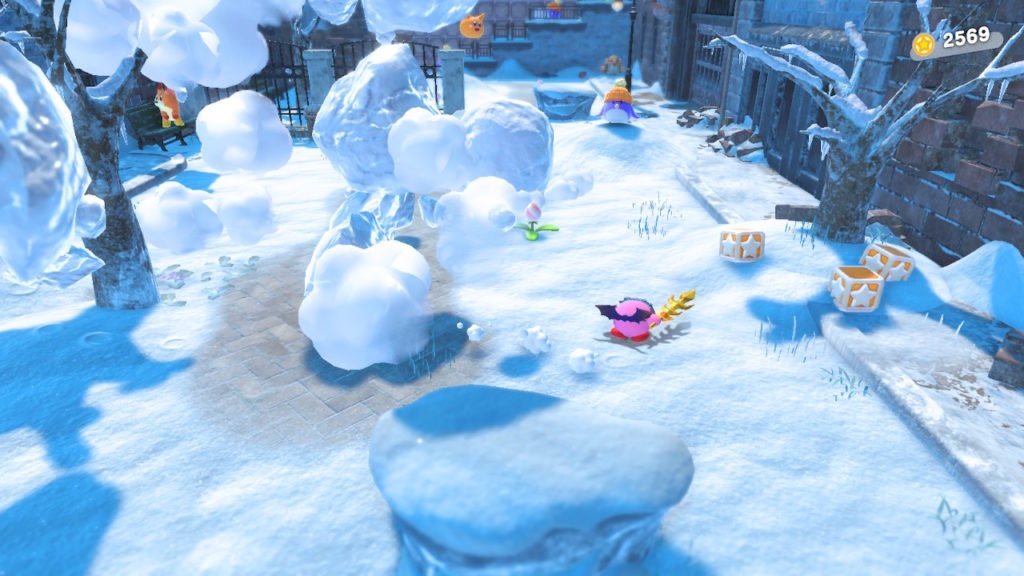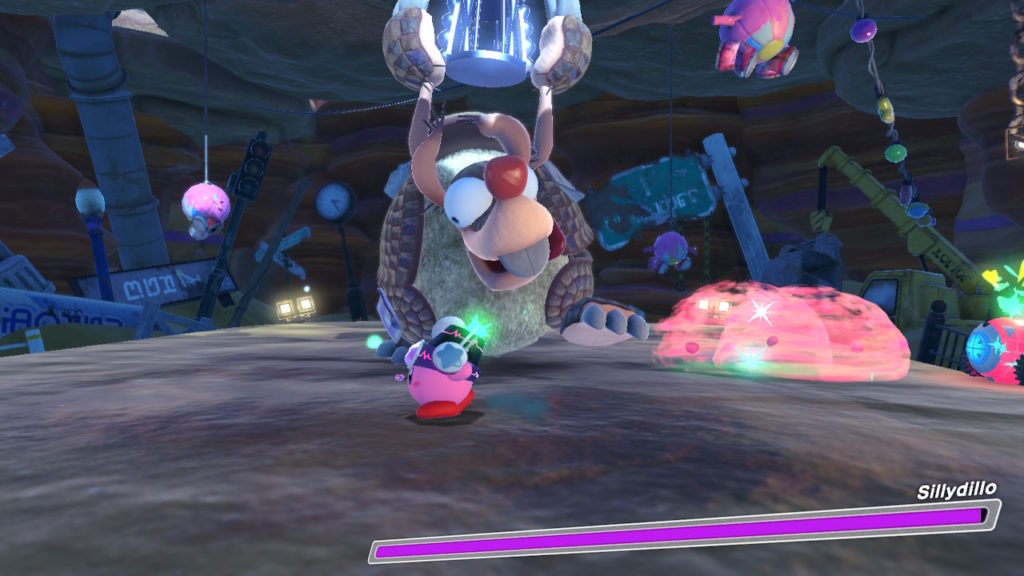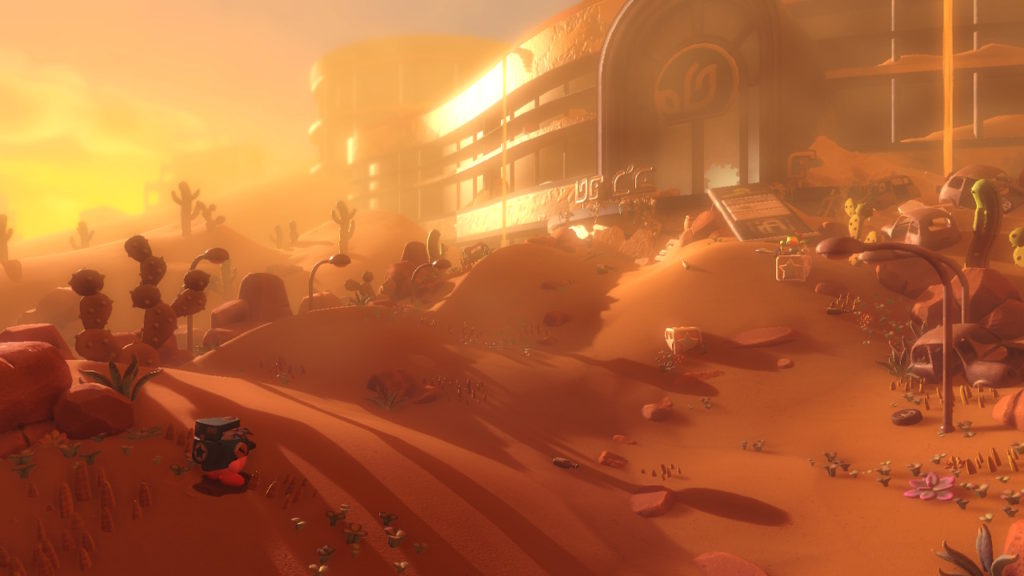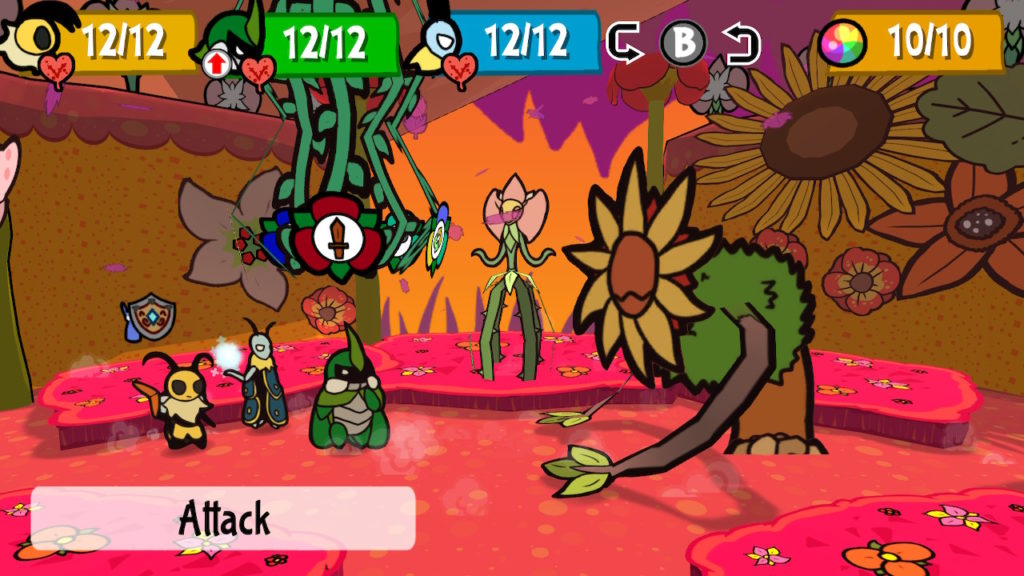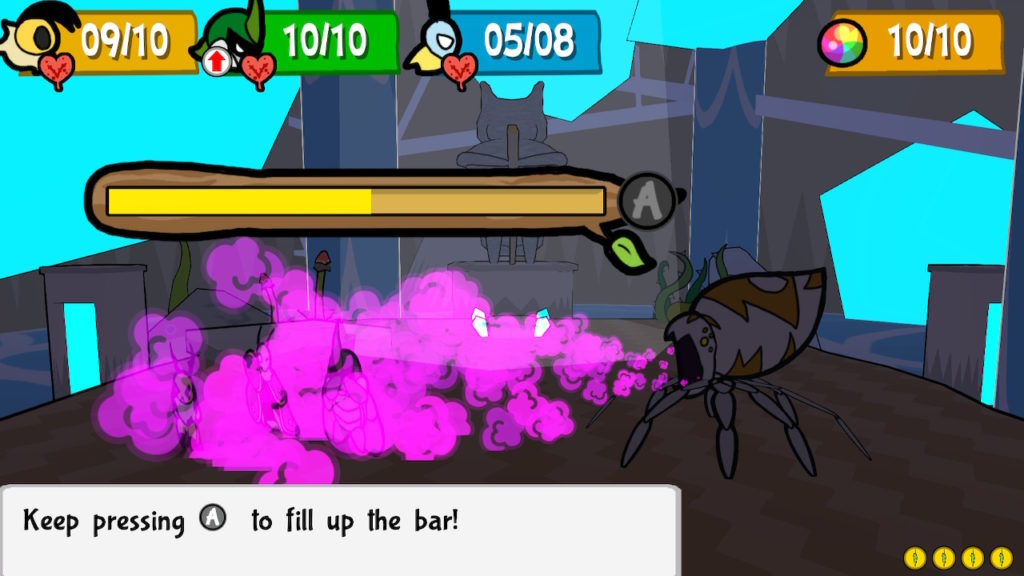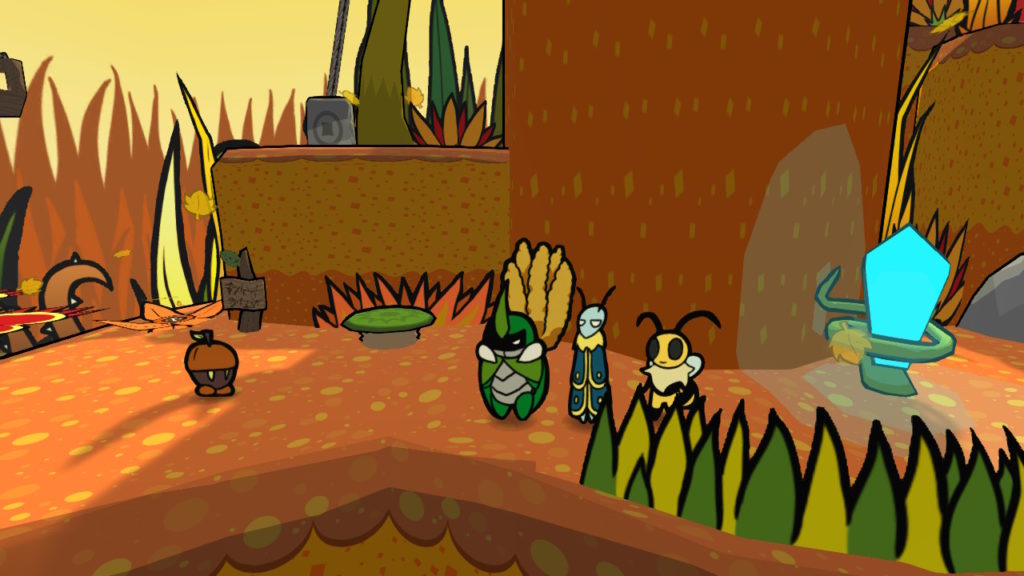- Genre: JRPG
- Platform: Switch
It says a lot about a JRPG that I still want to play it when I finish. It says a lot that despite playing 80 hours I never felt like I was grinding. It says a lot that I was doing side quests just for the sake of exploring the new spots that they would lead me that you would otherwise never see on the golden path. It says a lot that changing your party to other class types was so fun that I was actively trying to complete the roster. This is just a fantastically good game that is worth going out of your way to play.
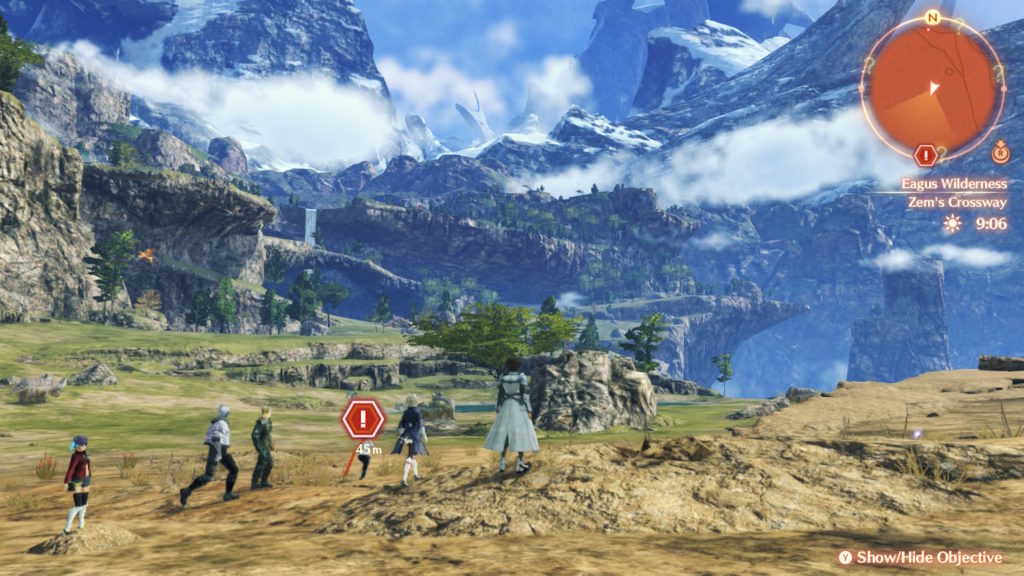
There’s a lot to cover about this game but I want to start in a specific place. This game is incredibly streamlined for a Xenoblade title. I mentioned in my ramblings for XB2’s Torna expansion that it felt like they were starting to embrace a bit of a less is more notion and that feels like it’s continued here. In this game you’re down to three main forms of experience: XP for leveling, CP for leveling your classes, and SP for leveling a skill tree tied to a story thing that I’m not going to spoil. This also fell into a balance curve that felt fair the entire time. Xenoblade 2 and X both had really weird difficulty spikes at the end that felt more like unfair mechanics than any inherent difficulty. Xenoblade 3 on the other hand just generally felt like it was trying to be fair across the board and ramping difficulty as made sense, rather than throwing some BS one shot mechanics at you to finish the game.
What this gets me for XB3 is that I spent a whole lot less time in menus and a whole lot more time just playing the game. About the only time I was going into the menus was when I wanted to change the class setup of my team, either because I wanted to try something a bit differently or because someone hit the class level cap and I wanted to start leveling on something else. There’s some other mechanics like skill mastery and some light gearing (accessories and gems ONLY) but for the most part it’s incidental and I was only changing it at the same time as changing my classes, so it was all done in a single pass. In playing, this felt a lot more in line with the remake of XB1 than the over-complex XB2 set of systems. You’re rewarded for playing effectively, you’re rewarded for leveling up, and you just go.
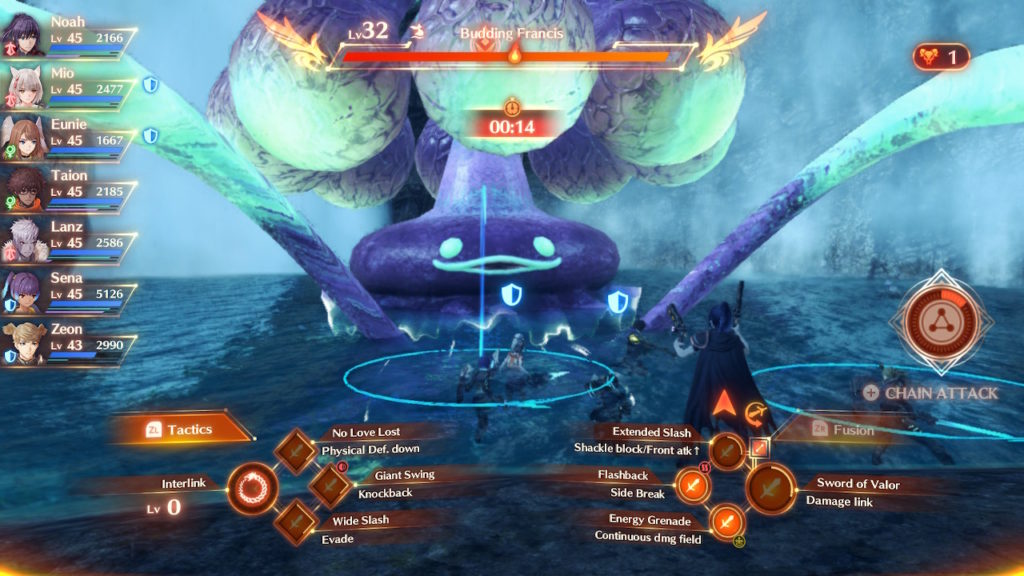
And boy do you just want to go. Combat in this game felt like another high point in the series. The base combat has luckily brought over XB2‘s hot key selection where your attacks are simple button presses when ready on the d-pad and face buttons. It worked far better than XB1‘s scrolling menu and it’s good to see if return. However, that’s not the main point of interest. Without getting too spoilery, the core plot point of this game is that it’s smashed the two universes of the first two games together into one. What you end up with is some party members that use the time-based skill recharge of XB1 and some party members that use the attack-based skill recharge of XB2. This is where classes come into play.
Classes are earned by completing hero quests and using those classes starts to unlock the ability to equip that class’ arts while it isn’t actively being used. The main restriction is that you can only equip arts of the opposite universe. For example, if your active class is earned from a character in the XB2‘s world, you can only secondary equip skills from a class earned from an XB1 character. There are inherent power advantages to activating skills from BOTH at the same time, but because they are on different recharge mechanics you’ve got to be a little more patient with your timing that just hitting the button that is glowing and ready. There’s also some inherent advantages with mixing skills from different class archetypes to broaden what a member could do at any time. This gives XB3‘s combat its important feel.
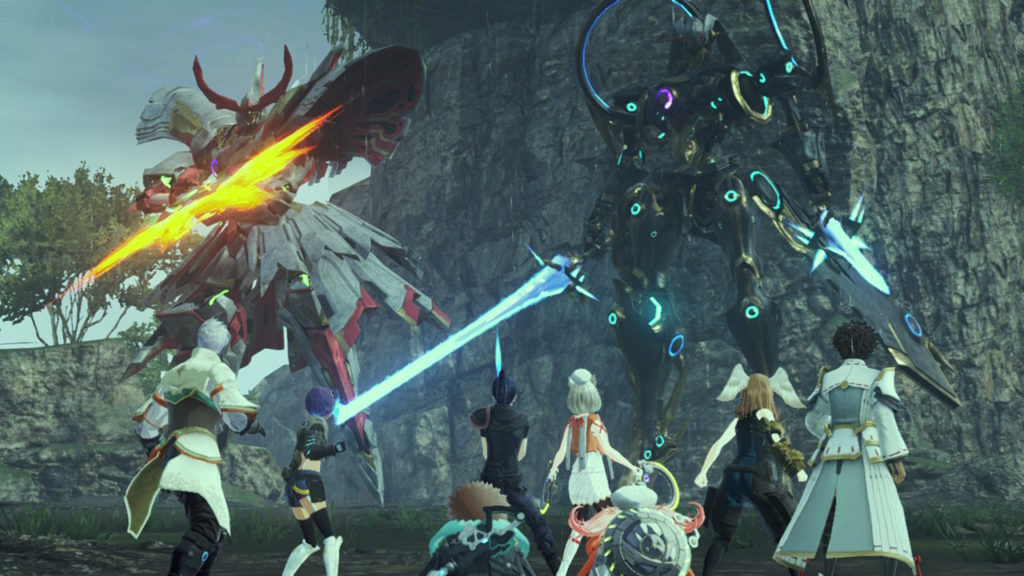
What I started really getting in-tune with was seeing how many XB2 arts I could activate within a full XB1 art recharge period. If I could optimize my movement to get in three arts instead of two between dual-arts, then I just increased my power curve. If I could chain XB2 arts to cause them to recharge faster, then I just increased my power curve. Those all contributed to a really solid rhythmic feel of a fight as I found class combos that I really enjoyed. If I mixed some healing arts onto a tank, then I could go with fewer healers in my active party and power through with more damage. At the same time, I could use a DPS’s aggro reduction skill on a healer to reduce their incoming damage and give them more time to actively heal others, again allowing me to focus on more damage. It’s these types of things that let you to increase your power curve and ultimately your skill level that allowed them to get rid of all sorts of systems from XB2 and allow you to just be good at the game.
Luckily the streamlining also generally applied to combat. Chain attacks from XB2 are still there, and they’re still fun. However, elemental orbs are gone. The distinction between driver and blade arts is gone. Swapping blades is gone. What you’re doing is basically the following:
- Apply your artes properly (ex: bonus for hitting a specific art from the back of the target).
- Use the bonuses to charge up a chain attack meter.
- Activate the chain attack.
That’s it. It takes the core fun of the big numbers and dramatic sequence from the XB2 chain attack system and gets rid of a bunch of complexity to just keep that part that worked the best while getting rid of some of the RNG nature of XB2’s orbs.
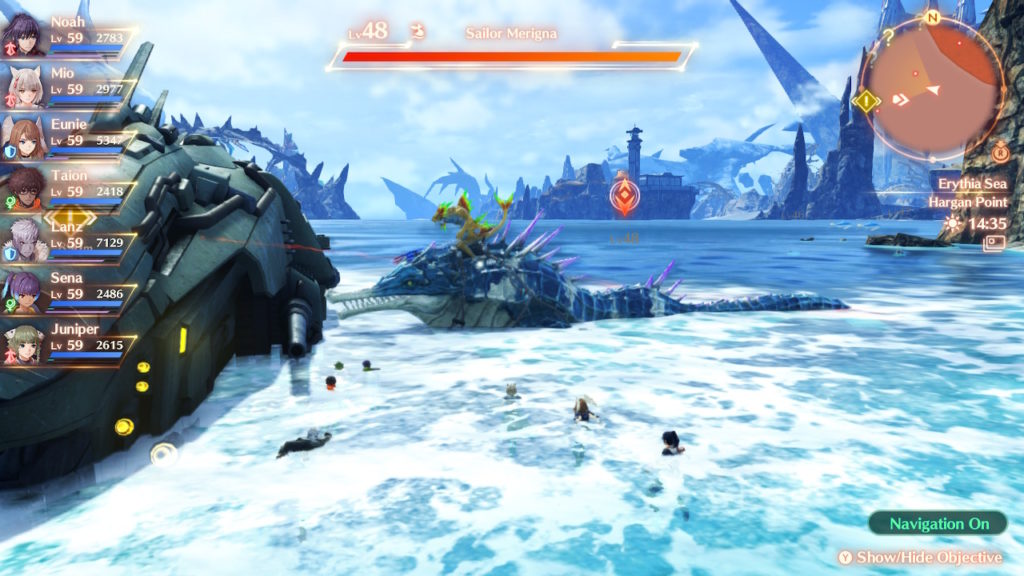
Story DLC aside, if this does end up being the end of the Xenoblade story they sure nailed it. This feels like a culmination of the story, but more importantly it feels like a culmination of the gameplay. It’s got things that worked from both of the previous mainline titles while getting rid of a whole bunch of extraneous nonsense. It results in a game that doesn’t get tiring despite its length. It’s one of those games that despite the Switch being old and underpowered compared to the current gen of consoles, it’s worth going out of your way to try out.


